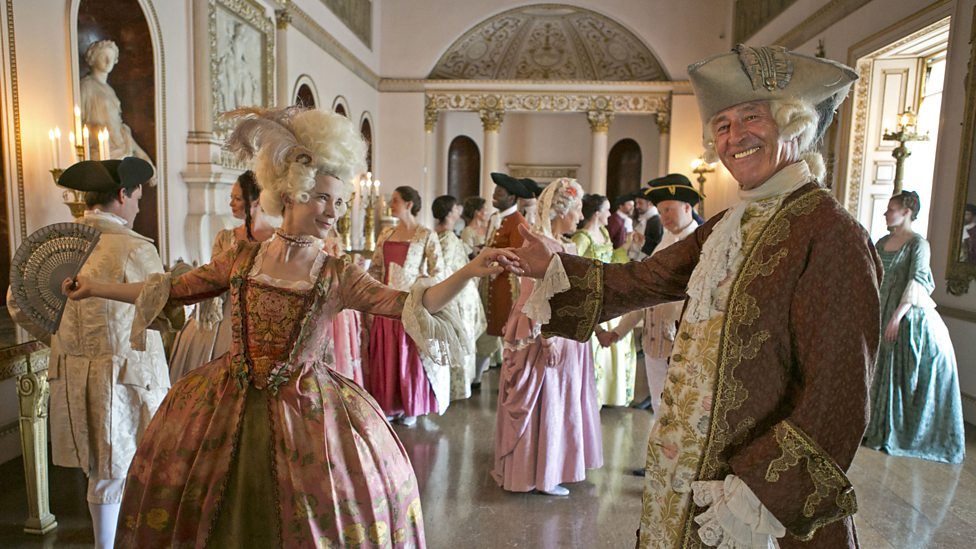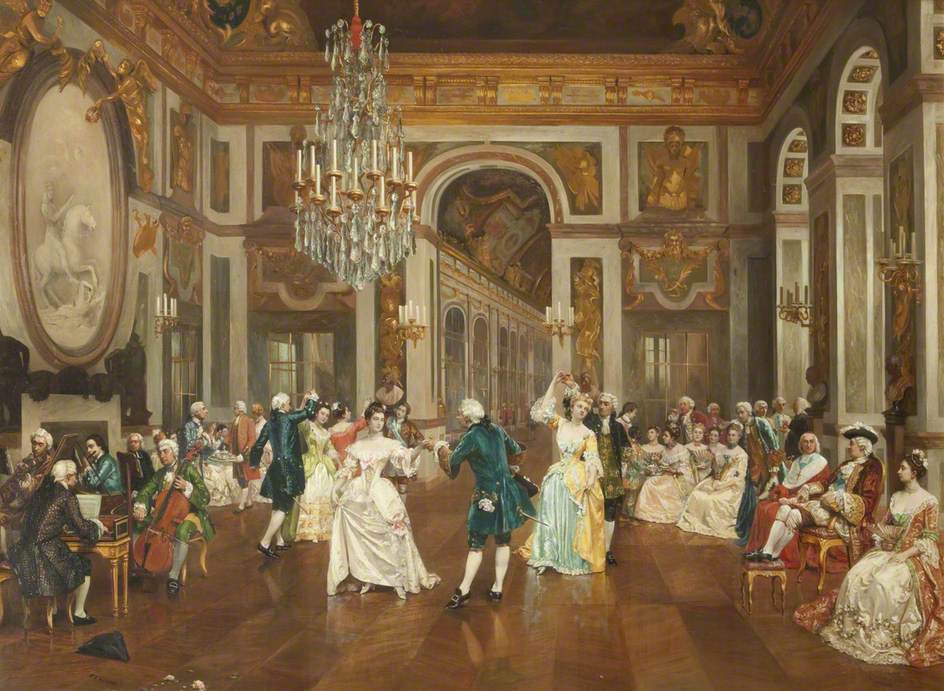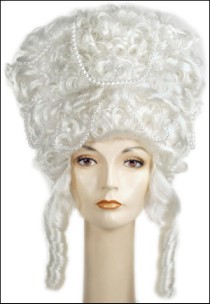Elements of Latin American Music – European Influence
The White European Element of Dance
Baroque music is a style of Western art music composed from approximately 1600 to 1750. This era followed after the Renaissance music era, and was followed in turn by the Classical era.

Baroque dance is distinctively rhythmic, with a gentle rising and falling movement in each bar of music. It is danced lightly on the balls of the feet, with the heels only just off the floor and the feet turned out slightly, and each step sequence is accompanied by low, rounded arm movements, in opposition to the movements of the legs. Some dances involve complex and quick footwork, in a series of low springs and hops. Others are slow and stately.
How to Dance Through Time: The Elegance of Baroque

A focal point of all baroque dances is the intricate serpentine patterns that the dancers trace as they move across the floor. These show the symmetry, order and harmony found everywhere in 18th century art forms. You can see some of these beautiful curving patterns in the plates from The Art of Dancing, first published in 1735.
Source – Minuet Company



You must be logged in to post a comment.